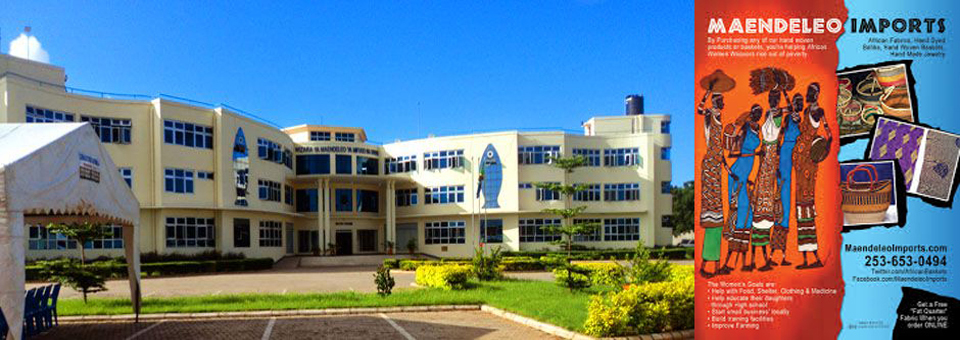There are four time-related types: clock_t, time_t, size_t, and tm. The types clock_t, size_t and time_t are capable of representing the system time and date as some sort of integer.
The structure type tm holds the date and time in the form of a C structure having the following elements:
struct tm { int tm_sec; // seconds of minutes from 0 to 61 int tm_min; // minutes of hour from 0 to 59 int tm_hour; // hours of day from 0 to 24 int tm_mday; // day of month from 1 to 31 int tm_mon; // month of year from 0 to 11 int tm_year; // year since 1900 int tm_wday; // days since sunday int tm_yday; // days since January 1st int tm_isdst; // hours of daylight savings time }Following are the important functions, which we use while working with date and time in C or C++. All these functions are part of standard C and C++ library and you can check their detail using reference to C++ standard library given below.
| SN | Function & Purpose |
|---|---|
| 1 | time_t time(time_t *time);
This returns the current calendar time of the system in number of
seconds elapsed since January 1, 1970. If the system has no time, .1 is
returned. |
| 2 | char *ctime(const time_t *time);
This returns a pointer to a string of the form day month year hours:minutes:seconds year\n\0. |
| 3 | struct tm *localtime(const time_t *time);
This returns a pointer to the tm structure representing local time. |
| 4 | clock_t clock(void);
This returns a value that approximates the amount of time the calling
program has been running. A value of .1 is returned if the time is not
available. |
| 5 | char * asctime ( const struct tm * time );
This returns a pointer to a string that contains the information
stored in the structure pointed to by time converted into the form: day
month date hours:minutes:seconds year\n\0 |
| 6 | struct tm *gmtime(const time_t *time);
This returns a pointer to the time in the form of a tm structure. The
time is represented in Coordinated Universal Time (UTC), which is
essentially Greenwich Mean Time (GMT). |
| 7 | time_t mktime(struct tm *time);
This returns the calendar-time equivalent of the time found in the structure pointed to by time. |
| 8 | double difftime ( time_t time2, time_t time1 );
This function calculates the difference in seconds between time1 and time2. |
| 9 | size_t strftime();
This function can be used to format date and time a specific format. |
Current date and time:
Consider you want to retrieve the current system date and time, either as a local time or as a Coordinated Universal Time (UTC). Following is the example to achieve the same:#include <iostream> #include <ctime> using namespace std; int main( ) { // current date/time based on current system time_t now = time(0); // convert now to string form char* dt = ctime(&now); cout << "The local date and time is: " << dt << endl; // convert now to tm struct for UTC tm *gmtm = gmtime(&now); dt = asctime(gmtm); cout << "The UTC date and time is:"<< dt << endl; }When the above code is compiled and executed, it produces the following result:
The local date and time is: Sat Jan 8 20:07:41 2011 The UTC date and time is:Sun Jan 9 03:07:41 2011
Format time using struct tm:
The tm structure is very important while working with date and time in either C or C++. This structure holds the date and time in the form of a C structure as mentioned above. Most of the time related functions makes use of tm structure. Following is an example which makes use of various date and time related functions and tm structure:While using structure in this chapter, I'm making an assumption that you have basic understanding on C structure and how to access structure members using arrow -> operator.
#include <iostream> #include <ctime> using namespace std; int main( ) { // current date/time based on current system time_t now = time(0); cout << "Number of sec since January 1,1970:" << now << endl; tm *ltm = localtime(&now); // print various components of tm structure. cout << "Year: "<< 1900 + ltm->tm_year << endl; cout << "Month: "<< 1 + ltm->tm_mon<< endl; cout << "Day: "<< ltm->tm_mday << endl; cout << "Time: "<< 1 + ltm->tm_hour << ":"; cout << 1 + ltm->tm_min << ":"; cout << 1 + ltm->tm_sec << endl; }When the above code is compiled and executed, it produces the following result:
Number of sec since January 1, 1970:1294548238 Year: 2011 Month: 1 Day: 8 Time: 22: 44:59


























No comments:
Post a Comment